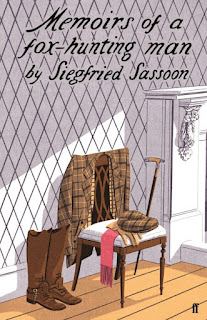Kings, Dreams and Death Scenes
In a recent BBC Arena documentary, poet and
student extraordinaire of Seamus Heaney, Paul Muldoon, discussed Heaney’s
interest in the world beyond, its force and pressure on poetry. Some writers
refer to this energy as the unconscious – the subconscious drives which shape the
writing process, determining a great deal of what the writer commits to the page. According to Muldoon, poetry -- its mystical elements, its power to seduce and wield
listeners -- requires the writer to touch something transcendental, something deep and
prescient.
Seamus Heaney’s poem, ‘A Daylight Art’,
signals some level of discussion on this topic. Heaney writes about self-belief and spiritual energy, focusing on some familiar figures to illustrate his thoughts on
the artist’s power in society.
The artist’s strength comes from spiritual
vigour; powers beyond us pre-determining the artist’s creative
inclinations. To make this point clear, Heaney focuses on Greek literary culture.
[Socrates] tells his friends
the dream had kept recurring
all his life, repeating
one instruction:
Practise the art, which art until that moment
he always took to mean
philosophy.
Happy the man, therefore,
with a natural gift
for practising the right
one from the start –
poetry, say, or fishing
[.]
By nature’s decree, the
artist is bound to create.
For Heaney, art is a matter of self-belief, reliant on the artist’s
foreknowledge and faith in their work, that it will (in time) offer something
meaningful to the world. He recounts a Greek philosopher’s lifelong obsession - his reoccurring dream - to illustrate a vital matter: the beyond manifests
itself in unconsciousness.
The dream-world, often forgotten, usually
leaves the bearer with patterns of emotions and moods, rather than the exact details
of what happened. Dreams and their interpretations have the potential to go anywhere
– definitively, they are irrational and thus open to opinion. But a reoccurring
dream, with Heaney’s words in mind, can also act as a sort of prophecy. ‘[He]
always took it to mean philosophy’ is how Socrates reacts in the poem. Dreaming
about art, Socrates’ dream compels him to interpret and act upon his
unconscious impulses, dedicating himself to philosophy in waking life.
Another interesting idea appears in
the following line. Talent is a contested term. One school of thought argues
that talent is something gained, or acquired, through practice (e.g. Practise
the art). The other claims that talent is a natural phenomenon. (The argument
is nature versus nurture incarnate.) When Heaney professes, ‘Happy the man,
therefore, with a natural gift’, it is living in itself – the very act of existing
and wielding experiences – which determine the shape of the artist to come. The
satisfied artist is the natural one, whose core desire has always been to create, to act upon an intuitive desire. It is in one’s bones,
their hearts and minds. Some are sensitive to art, some are apathetic.
To make peace with this idea is to accept reality.
Source:
Heaney, S., ‘The Daylight Art’ in Seamus Heaney, The Haw Lantern (Faber
& Faber: 1987), p. 10.
 |
| Seamus Heaney by Ross Wilson, ink and watercolor, 1994 © National Portrait Gallery, London |


Comments
Post a Comment